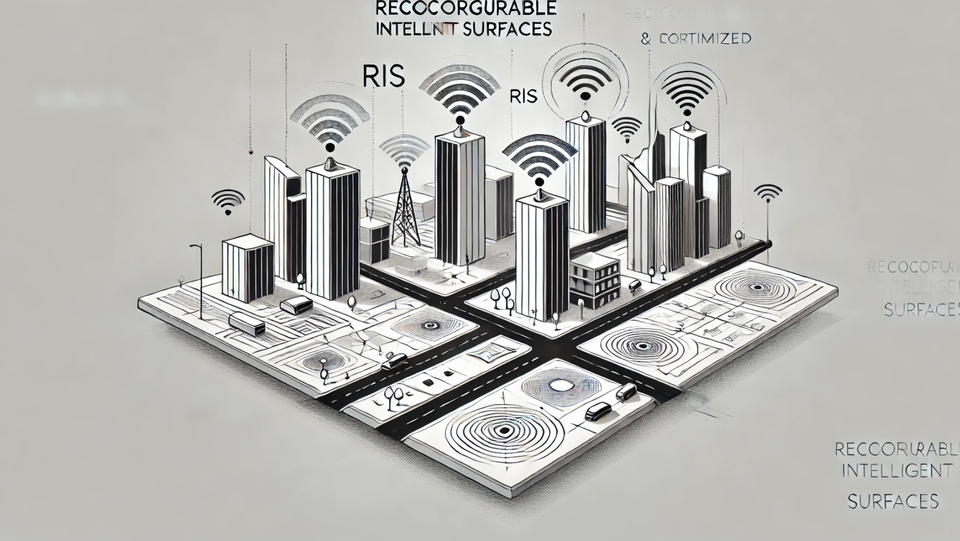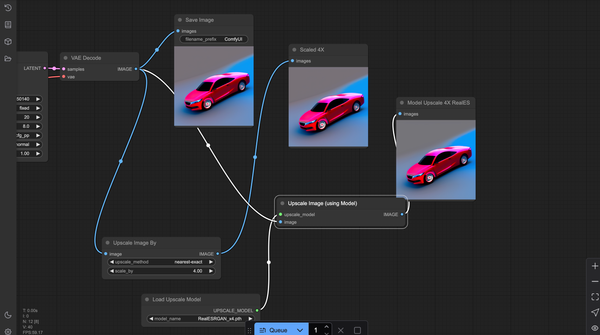Understanding Reconfigurable Intelligent Surfaces (RIS): How They Work and Their Benefits
Table of Content
In our rapidly evolving landscape of wireless communication, reconfigurable intelligent surfaces (RIS) are emerging as a game-changer.
These advanced surfaces have the potential to revolutionize how we transmit and receive signals, promising enhanced connectivity and efficiency.
How RIS Works
At its core, a reconfigurable intelligent surface is a thin layer embedded with numerous small, programmable elements that can control electromagnetic waves.
These elements can adjust the phase, amplitude, and polarization of incoming signals, effectively allowing the surface to shape and direct the waves in desired ways.
- Meta-materials: RIS uses engineered materials known as meta-materials. These materials have unique properties that aren't found in nature, allowing them to interact with electromagnetic waves in novel ways.
- Smart Algorithms: The behavior of the surface is controlled by sophisticated algorithms. These algorithms dynamically adjust the elements based on real-time data to optimize signal transmission and reception.
- Signal Processing: Advanced signal processing techniques enable the RIS to manipulate the incoming waves effectively. This can mean reflecting the waves, absorbing them, or even allowing them to pass through with minimal loss.
In practical terms, imagine a scenario where walls, ceilings, or even large billboards are covered with these intelligent surfaces. They can then be programmed to enhance signal strength, reduce interference, and direct communication signals precisely where they are needed.
Benefits of RIS
The implications of deploying RIS in wireless networks are substantial, offering several key benefits:
Enhanced Connectivity:
By directing signals more precisely, RIS can help ensure that areas with poor reception receive better coverage. This is particularly useful in urban environments with many obstacles that traditionally block signals.
Energy Efficiency:
RIS can significantly reduce the power needed for signal transmission. By focusing the signal directly to the receiver, less energy is wasted in broadcasting it broadly. This efficiency is crucial for the sustainability of future communication networks.
Reduced Latency:
With optimized signal paths, data transmission becomes faster and more reliable, leading to lower latency. This is vital for applications requiring real-time data, such as autonomous vehicles or remote surgery.
Cost-Effective Deployment:
Integrating RIS into existing infrastructure is relatively straightforward and cost-effective. Instead of building new towers or installing additional hardware, surfaces like walls and windows can be retrofitted with RIS technology.
Enhanced Security:
RIS can help improve the security of wireless communications. By directing signals precisely, it becomes harder for unauthorized users to intercept the data, thus enhancing the overall security of the network.
Real-World Applications
The potential applications of RIS are vast and varied:
Smart Cities
In urban environments, RIS can be used to enhance mobile network coverage, ensuring that even densely populated areas or buildings with thick walls receive strong signals.
Industrial IoT
In factories and warehouses, RIS can improve the reliability and efficiency of wireless sensor networks, crucial for monitoring and automation.
Agriculture
RIS can enhance communication in remote agricultural areas, supporting the deployment of IoT devices for monitoring crop conditions and managing resources more efficiently.
Conclusion
Reconfigurable intelligent surfaces represent a significant step forward in the evolution of wireless communication technology.
By harnessing the power of meta-materials, smart algorithms, and advanced signal processing, RIS can dramatically improve connectivity, efficiency, and security. As we continue to integrate more devices and applications into our digital ecosystem, RIS will undoubtedly play a critical role in shaping the future of communication.
For more in-depth technical details and ongoing developments, you can explore resources from reputable sources such as the World Economic Forum and IEEE.







